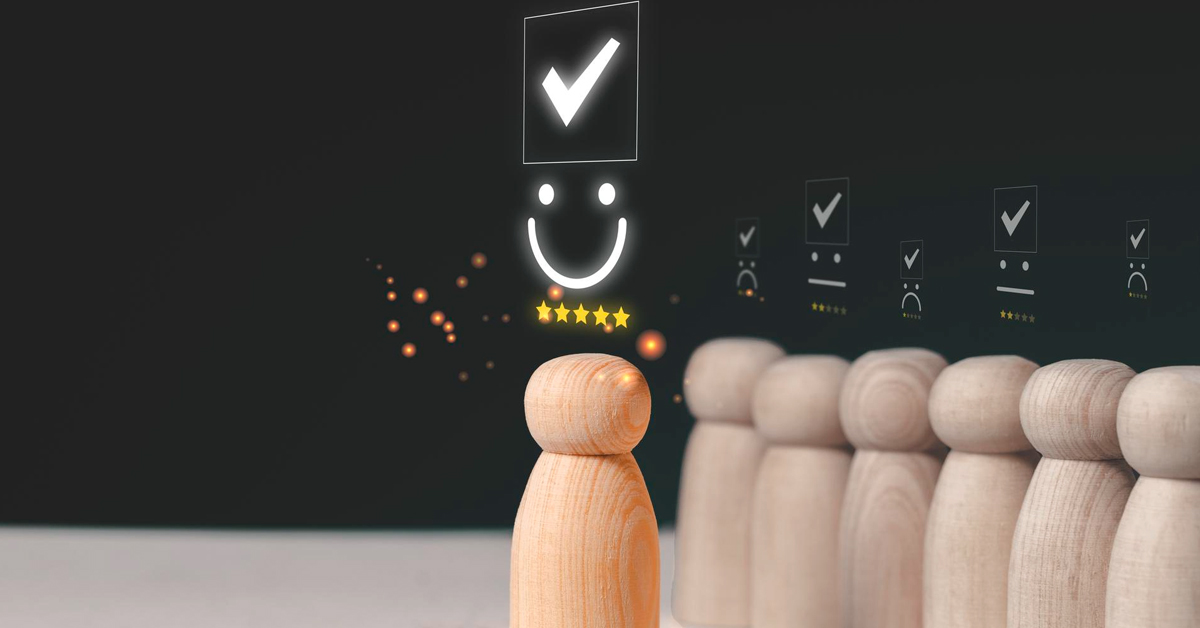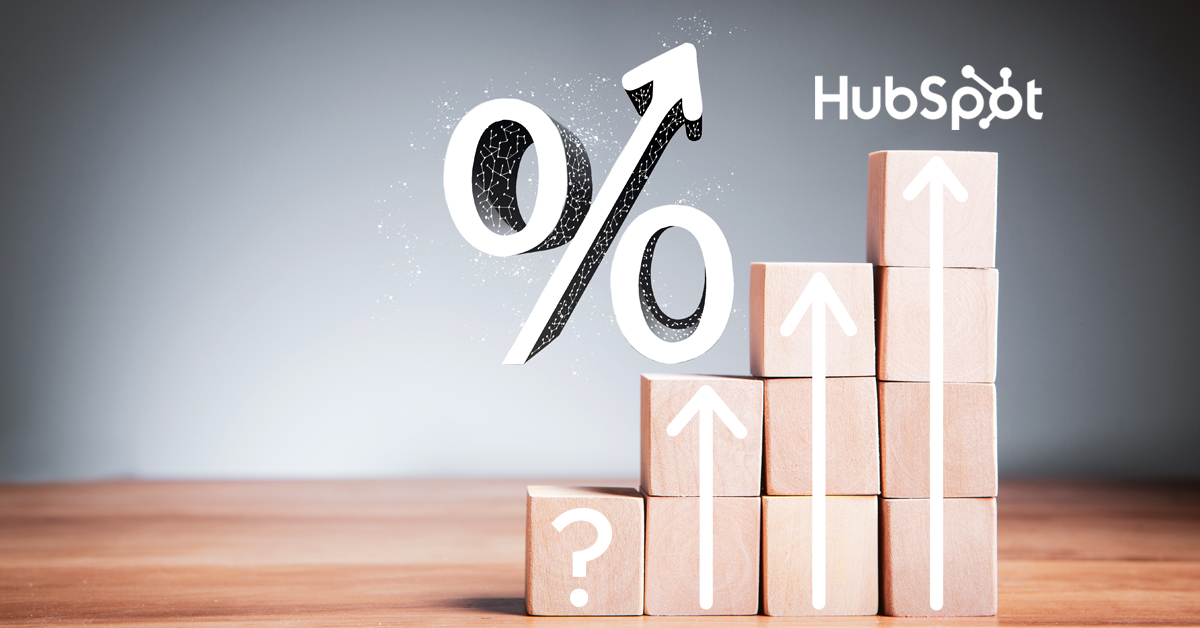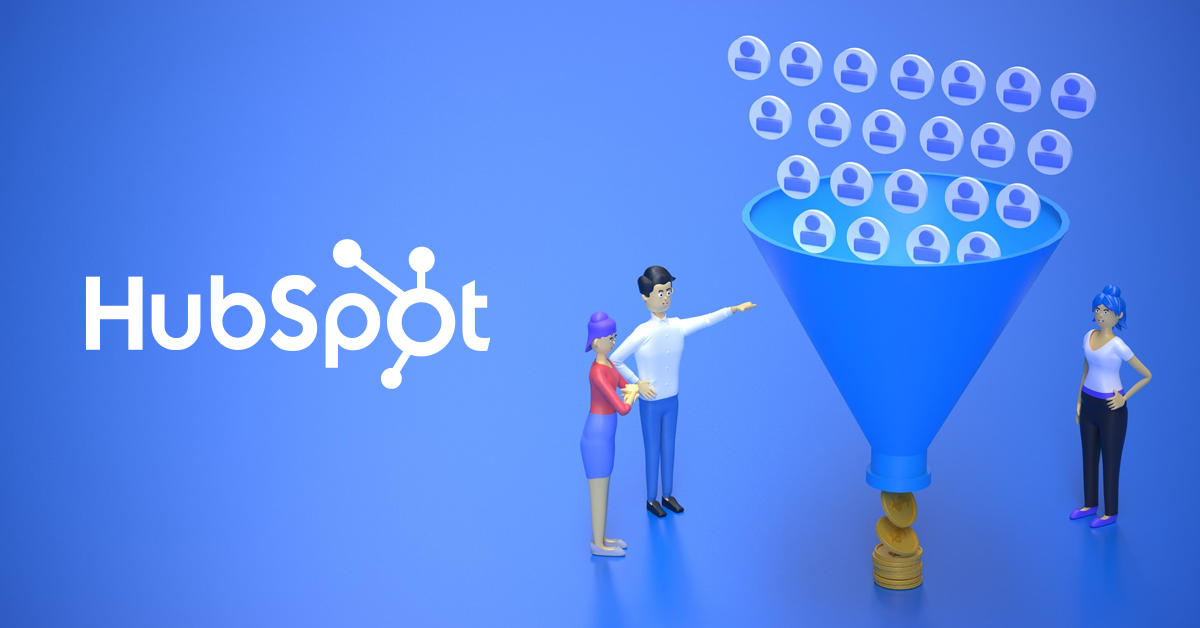-
MarTech Services
- HubSpot
- OneSignal
HubSpot
Technical Consulting
Partner with experts who understand your HubSpot systems and business needs inside out.
Revenue Operations
Drive revenue growth with tailored RevOps strategies designed for HubSpot users.
Hubspot Integration Services
Seamlessly integrate HubSpot with your existing tools to enhance operational efficiency.
Sales Enablement
Boost your sales team’s efficiency with focused HubSpot Sales Enablement solutions.
CRM Data Migration
Effortlessly migrate your CRM data to HubSpot with precision and support.
Hubspot Onboarding
Efficiently onboard clients to HubSpot, ensuring a smooth transition and rapid platform adoption.
HubSpot Administration
Maximize your HubSpot investment with expert management and optimisation tailored for HubSpot clients.
Marketing Assets Development
Develop, deploy, and manage digital assets, ensuring a fresh and engaging presence.
-
Solutions
-
Website Services
Website Development
We bring together expertise, creativity, and measurable results, making us the go-to choice for HubSpot website creation.
Website Migration
Our approach to website migration goes beyond a technical transfer; we prioritize a user-centric experience.
Website Maintenance
Optimize your online presence with effective, growth-driven websites focusing on nurturing website visitors, creating and deploying content, and tracking progress with precision.
Website Audit
Is your website performing at its peak? Our CMS Consultants are here to help you find out with our comprehensive Website Audit service.
-
Resources
-
Company
Clients
We have worked with clients from various industries across the globe, making our journey diverse and exciting.
Team
We put decades of experience where our mouth is. So what you get is market-tested and tried, not theory. We believe in plain speak, which we believe works better than jargon.
Solutions Partner
BlueOshan is not just a partner; we are among the most experienced and adept in the HubSpot ecosystem.
- Contact Us
The importance of getting repeat customers

Venu Gopal Nair
June 2, 2023

Let us say you went to a restaurant for dinner, and then you never went back there for months. Not because you did not like the food but because the restaurant never reminded you of its existence. It is a competitive world, and once a customer drops in, it is wise to keep them coming back. This is true of so many local services that it is surprising that they do not devote more time and effort to building these relationships.
Restaurants that do this well announce a new menu or a food festival frequently. They do not send the templated emails that say ‘We’re missing you’ or some such sentiment. There is enough ‘newness’ on the menu to ensure that customers make a note and pay another visit. Another way is to appeal to a narrower but committed set of customers, like pet-friendly restaurants.
B2B businesses can adopt strategies to get repeat customers as well. But they need to clearly fit into the buying cycles of their customers, so that they get repeat orders on a regular basis. Insurance businesses have mastered this to a large extent. And it works perfectly for small trading companies, if they define their niches well.
How equipment and trading rentals can benefit from HubSpot
These are sectors where the potential for repeat business is high. And a company had posted a query on the HubSpot Community: We sell construction equipment and take trades. At times, we get requests for equipment that we do not have but may get in on trade in the future. So, I need a way to keep those listed in front of us.
The approved solution by Will Lench: One way you could do it is by using properties. The first would be a broad category of products being requested. The second would be a single line text field. You could then run a report for deals that have been lost due to equipment that you do not sell and have 2 tables. The first shows the category of equipment being requested, and the second shows other equipment within that category.
Upselling or cross selling to existing customers is a great idea. If you are in a market where customers must buy or rent the same product, it makes sense to set up systems to lock in the revenue
To expand the potential, Jacob Olle had this to offer: If you have a property that captures equipment of interest (what the contact wants/is buying), you could use that to create equipment-specific lists. When you then get a specific piece of equipment as a trade-in, you will easily be able to find the contacts who said they were interested.
If you see this happen often, even if it is just for a few pieces of equipment, you could also create your own "waiting list" with a form that a contact can fill out to be notified of future availability. You could create a list from that form or use a general form with that equipment of interest property that would allow the user to select all pieces of equipment that they would like to hear about.
This all comes down to storing the information in a standardized, easily segmented way (or getting that into place if it does not exist today).
Tracking lifecycles for repeat customers
One of the tricky issues facing companies using HubSpot was how to handle existing customers who made a repeat inquiry and bought the product again. It was okay when they went through the funnel the first time. The query was about whether the lifecycle property should be modified the second or third time they inquired because they temporarily moved from an existing customer to a fresh lead.
Figuring out how to benefit from repeat purchases and increasing the percentage of customers is a solid way to increase revenue without investing heavily in sales to first time customers
This was how Professor Kyle Jepson of HubSpot suggested it could be managed: Changing the lifecycle stage is probably going to cause some confusion. Let us look at some other options:
Lead Status
It is worth noting that the options in the Lead Status property can be customized. If you are using the default options, it would make sense to leave the Lifecycle Status as "Customer" and then change the Lead Status to "Open Deal." That way, you can easily generate a list of all customers who are re-ordering. This is probably the best option.
If you have customized your lead statuses (or if you want to customize them), you could have an option specifically for customers who are reordering. You could call it something like "re-order" or "upsell," or whatever makes the most sense to your team.
There is one other option I should mention as well:
Deal Type
There is a deal property called deal type that has two options: "new business" and "existing business." This enables your sales team to label their deals based on whether they are with new customers or existing customers.
The advantage here is that this lets you create a list of deals that represent re-orders. The previous two options will let you get a list of customers who are re-ordering, but using Deal Type lets you see a list of the actual deals. So, if that is what you are looking for, this would be the way to do it.
Talk to our consultants at BlueOshan to focus on getting repeat customers. We will structure your funnel and reporting structure to ensure that you can monitor how much business is generated from repeat purchases. We will ask probing questions, understand your sales cycle, and help set up everything that goes out on a schedule, from email sequences to report generation.
Get in touch with us anytime here
BlueOshan is a HubSpot Diamond -Tier Solutions Partner. Delivering worldwide from India

Venu Gopal Nair
Advertising and Branding Specialist, CEO - Ideascape Communications, A professional journey through the tumultuous years of advertising and communication, starting in 1984. Started out in the age of print, saw the changes with the entry of satellite TV and the momentous transition to digital. Advertising and branding today is vastly different from its practices in the 20th century and the last two decades have seen dramatic changes with smartphone domination. As a Creative Director turned CEO, making the transition personally and professionally has been a tremendous experience.
Related Articles

June 1, 2022

June 10, 2024


